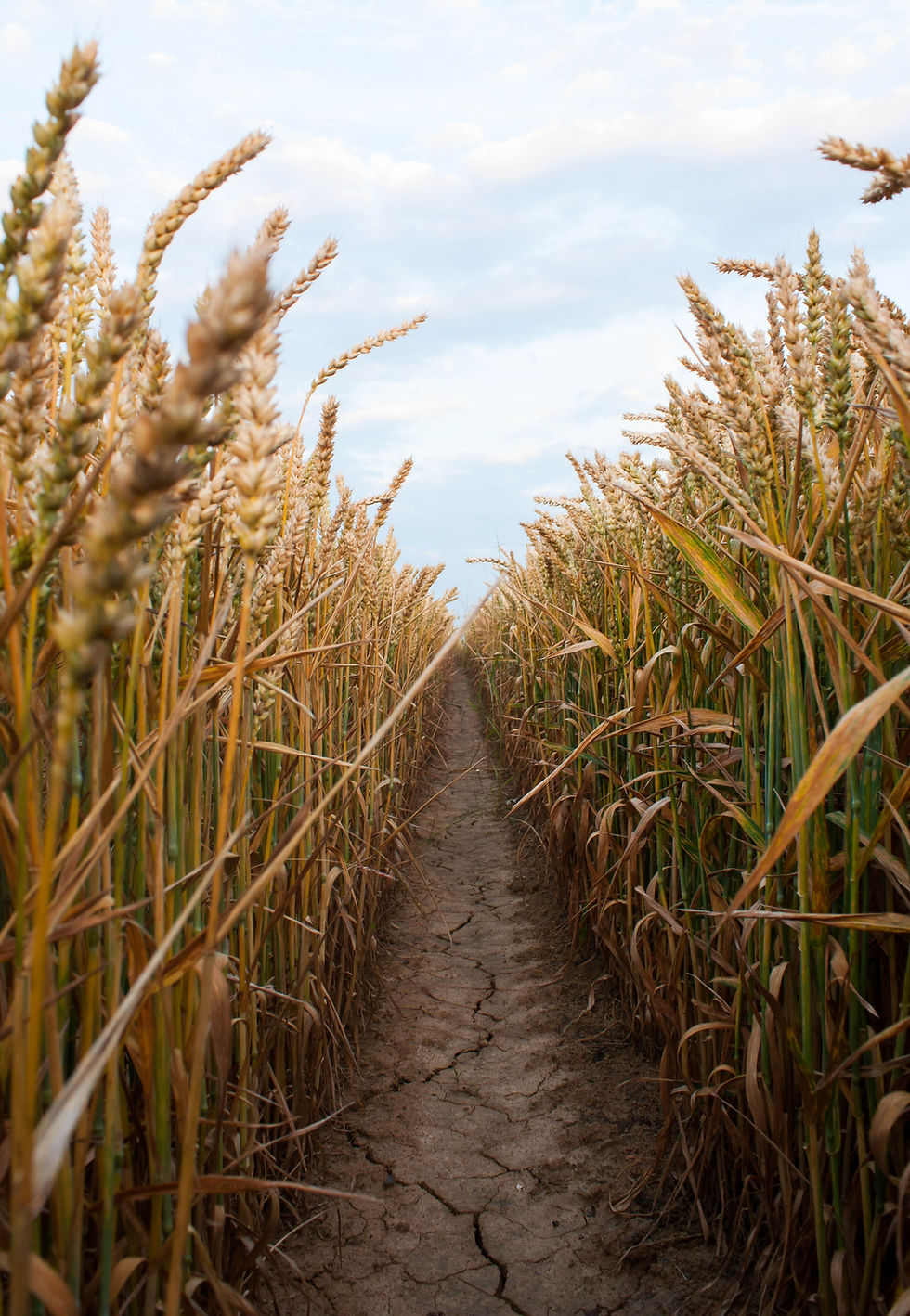Berry Pies: 3 Keys to Building An Excellent Pie Crust
- Robin Bacon
- Jul 28, 2023
- 3 min read
“We must have pie. Stress cannot exist in the presence of pie.” ~ David Mamet

Introduction
Baking brings my family closer together, we love trying recipes and taking on culinary challenges. My wife loves to find new ways to create, she shares them for consensus, and we begin the baking journey. When I first read an article about making and forming pie crust, where some pastry chefs use chilled vodka instead of water, I was keen to share my research on choosing flour, fat, and fusible solutions when making pie crust. So, I made several pies over the coming months and found they all tasted great! But, when using a high-end vodka, the dough responded by moistening without rigidity. I discovered that alcohol broke down gluten proteins and created a softer dough. Not only did I make pie crust by cutting the water in half, I cut the water by 100%, and the results were amazing!
Select Your Flour With Intention
I am a big fan of identifying the right products to bake with for any occasion, and as a food and agricultural researcher, choosing top-quality ingredients is essential. For example, if you are baking bread, look for unbleached high-protein bread flour, a product milled precisely for bread baking. When baking pies and cakes, it is critical to choose softer wheat when baking a more delicate effect, like pies and cakes. Pizza dough requires “OO” Flour, a finely milled higher protein product for durability and elasticity. Central Milling offers a variety of milled products for baking, and they are an excellent resource for education. They grow and harvest a Soft White Winter Wheat grown and harvested in Washington State.
What Is Soft Red Winter Wheat?
Most Soft Red Winter Wheat is grown and harvested east of the Mississippi River. There are some areas in Oklahoma and Texas where it also is farmed and milled. I am a big proponent of knowing where my food comes from and the ability to tell a more profound and richer story. Because it pays credit to the farmer and the miller for their efforts to select wheat products for bakers and food producers looking for the right chew, softness, and quality that we all look for when walking into that bakery for our cakes, pies and bagels.

Choosing the Right Fat
There are 9 million dairy cows in the United States, and each dairyman raises a different breed of animal nationwide. The best fat for baking pies is unsalted, French Cultured organic butter. Cut it into workable chunks using cold chilled butter to distribute across the dough. The butter flavor is vital to the luxurious texture and silky sensation across your taste buds. Kerry Gold or Challenge Butter are excellent resources for baking pies.

Finding Your Fusible Liquid
Baking pies requires a liquid to fuse all critical ingredients with the best possible chemistry. Freeze the pint of high-end vodka, and pull it from the freezer when ready to use. Most pie crust requires ⅓ to ½ of a cup of water to bind the ingredients. Replace it with 100% vodka, adding 1 Tablespoon at a time when building your dough.

Wrapping It Up
I prefer following baking instructions from the Culinary Institute of America books and web tools, and its never let me down. They recommend the “rubbing-mixing” method to gently fold the fat into the dough while avoiding overworking the product. You want to create a soft infrastructure to hold sweet fruits or savory proteins. Once ultimately worked together, mold into a ball, seal with plastic wrap, and chill for 30 minutes. Bake on, friends!









Comments